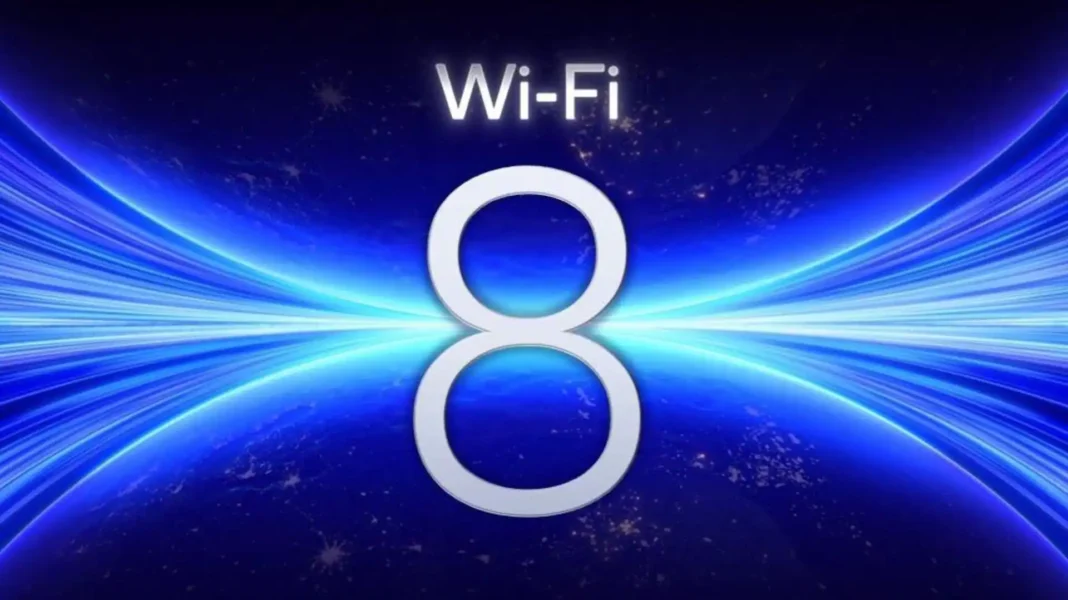TP-Link announced it has successfully demonstrated a working Wi-Fi 8 (IEEE 802.11bn) prototype, completing its first throughput test with a collaborative industry partner. The test validated beacon signalling and data transfer, confirming the feasibility of this next-generation wireless standard.
This prototype is a key milestone for TP-Link and the broader IEEE “Ultra High Reliability” (UHR) initiative, which aims to shift the focus from simply achieving higher peak speeds to delivering more consistent and reliable wireless connectivity
What’s New with Wi-Fi 8 (802.11bn)
Here are the standout features & capabilities expected in Wi-Fi 8:
- Focus on reliability over raw speed: While the peak data rates won’t dramatically outdo Wi-Fi 7, Wi-Fi 8 is expected to perform much better under challenging conditions—congested environments, weak signal, multiple devices.
- Bands used: Like Wi-Fi 7, Wi-Fi 8 will continue using the 2.4 GHz, 5 GHz, and 6 GHz bands.
- High channel bandwidth: Supporting up to 320 MHz channel widths.
- Lower latency & fewer drops: Designed to reduce lag, improve performance at the edges of coverage, and handle transitions between access points more smoothly.
- Multi-AP coordination, better interference handling: Enhancements like coordinated spatial reuse, dynamic power management among access points, better handling of interference are part of the standard’s goals.
Why This Matters
- Better performance in real life: Most users care more about stable performance than peak speed. If Wi-Fi 8 delivers on its reliability promises, the experience of home Wi-Fi, public spaces, and wireless-first environments could improve significantly.
- Support for demanding applications: Streaming, AR/VR, cloud gaming, IoT, and environments with many connected devices stand to benefit.
- Precursor to standard ratification: As of now, Wi-Fi 8 is still under development by IEEE. Ratification is expected around 2028
- Ecosystem implications: Chipset manufacturers, router makers, smartphone/laptop vendors will need to update hardware to fully support Wi-Fi 8. Devices that use earlier standards may not see full benefit.
Challenges & What to Watch
- Real-world deployment & cost: Ramping up to mass-market devices, ensuring compatibility, and cost-effective rollout will take time and investment.
- Backward compatibility: Ensuring Wi-Fi 8 works well with existing Wi-Fi 7, 6E, 6 equipment.
- Spectrum & regulatory issues: Use of 6 GHz band, interference management, power emission rules etc.
- Standard finalization: Even with successful prototype, full standard and certification take time. 2028 is the expected timeframe.
Outlook
- TP-Link’s test is a signal that Wi-Fi 8 is moving from concept toward reality.
- Expect more prototype demonstrations, chipset and router announcements in the next 1-2 years.
- Early devices may target enterprise, industrial, high-density venues before widespread home deployment.
- Users interested in future-proofing will keep an eye on Wi-Fi-8 ready routers and devices as they become certified.



